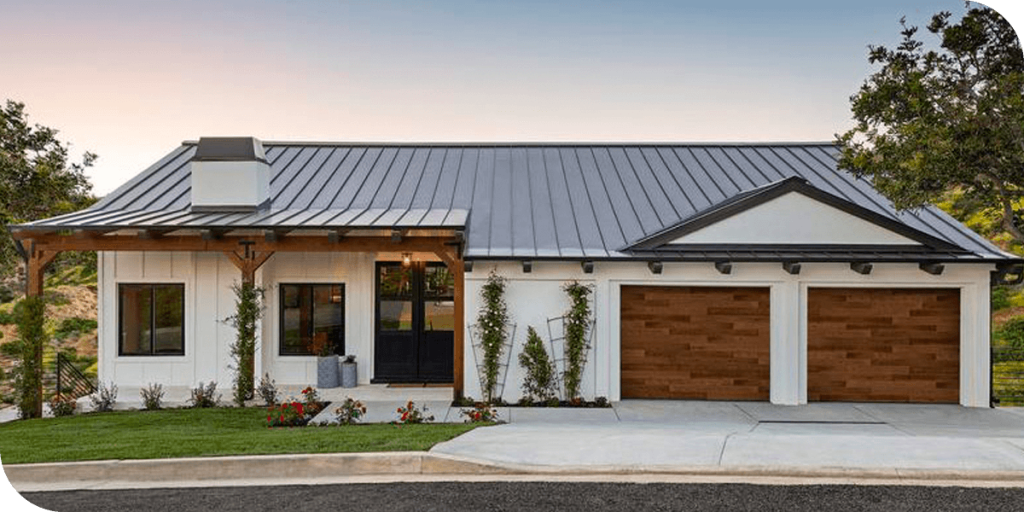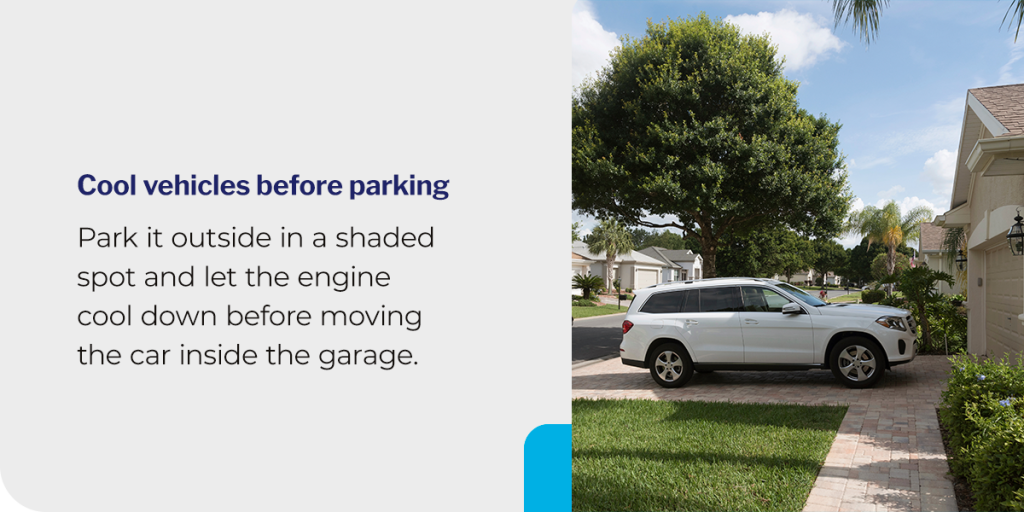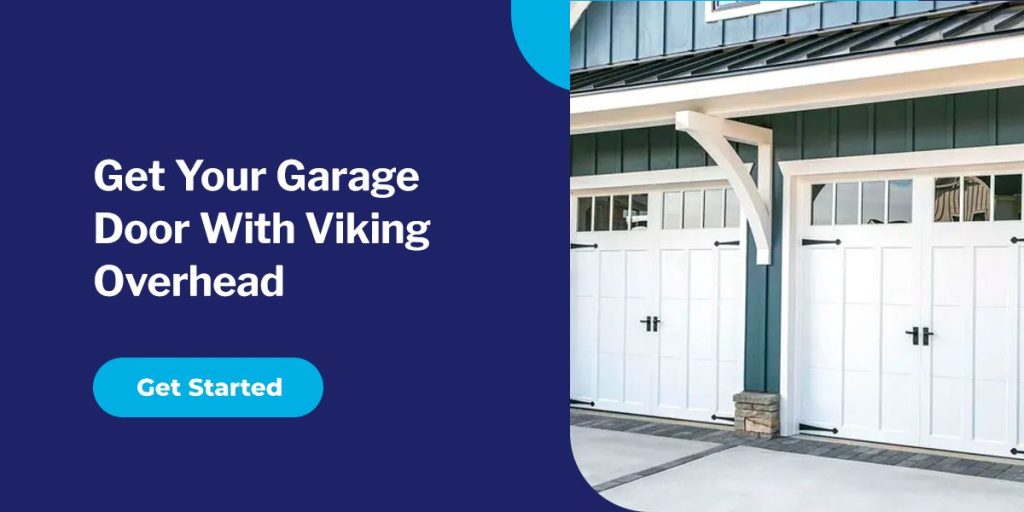
Texas is hot. There is no other way to describe it, especially in the summer months. While Texas isn’t the hottest state in the U.S., it often does make it on the top five list, generally surrounded by New Mexico, Arizona and Florida. Houses in these areas are usually built with heat in mind. They have insulated walls, ventilation in the roof to let hot air escape and air conditioners to cool the air inside. However, very few garages have any of these features, making them more susceptible to changes in the weather.
The garage is often the hottest room in the house, especially if you don’t have a room over the garage. Thankfully, you can use several different methods to reduce the temperature in your garage. With a cool garage space, you’ll be more comfortable, and you may be able to reduce your overall energy use. Additionally, you could convert the space into a workshop or store items that could be heat-sensitive once your garage is cooler.
Several factors contribute to the excessive heat build-up in garages, turning them into sweltering places. Unlike the rest of the house, most garages were not built with temperature control in mind. The lack of insulation means they can’t keep the cool air in, and a lack of airflow means temperatures keep rising. In summer, the scorching heat easily penetrates the walls and roof with no means of getting out.
In addition to the warm weather, people often store heat-generating items in their garages. For example, if your car was running or sitting out in the sun, it’s now releasing heat, which raises the garage’s temperature. Similarly, a lot of homeowners also keep heat-generating appliances in the garage, such as freezers, washing machines and dryers.
You can manage some of these factors with simple changes, while others may require more complex renovations and hiring professionals.

There are several effective ways to achieve a cooler garage. How much you want to drop on the thermostat will determine which option you choose. You can also implement multiple methods for a more effective solution. Here’s how to cool your garage:
We have a large selection of garage doors that will work flawlessly and make your garage attractive again. If cooling and heat resistance are on your mind, we have several options. Each door has an R-value rating, which measures its ability to restrict heat flow. A door with no insulation would have an R-value close to 0. A door with a high R-value can help you keep the cool in and the heat out.
Whether you’re looking for a classic raised-panel garage door, a sleek modern door or a traditional carriage house style, all doors from Clopay are available with insulation. For example, consider the Canyon Ridge® Modern range. Each door in this series includes Intellicore® insulation technology. The doors have a four-layer construction, including 2 inches of polyurethane insulation. These doors can have an R-value from 6.3 to 20.4, depending on which options you choose. Canyon Ridge® Modern doors also have a WINDCODE® door reinforcement option for areas with high-wind load applications.
Want to know more? Contact us directly or book online to view our latest collection.
